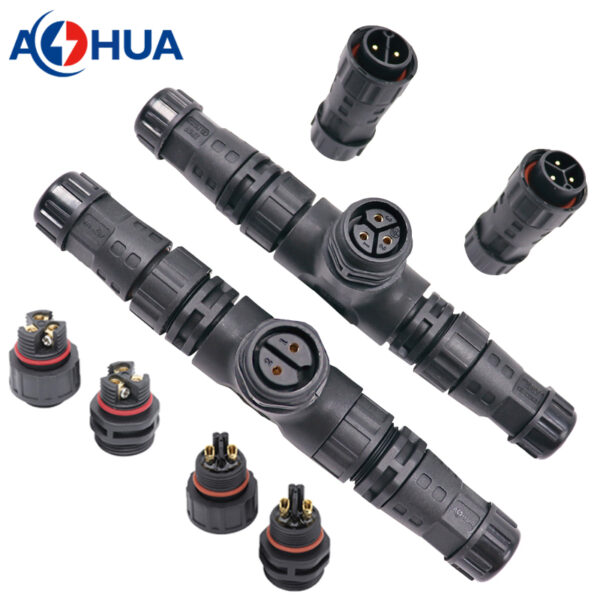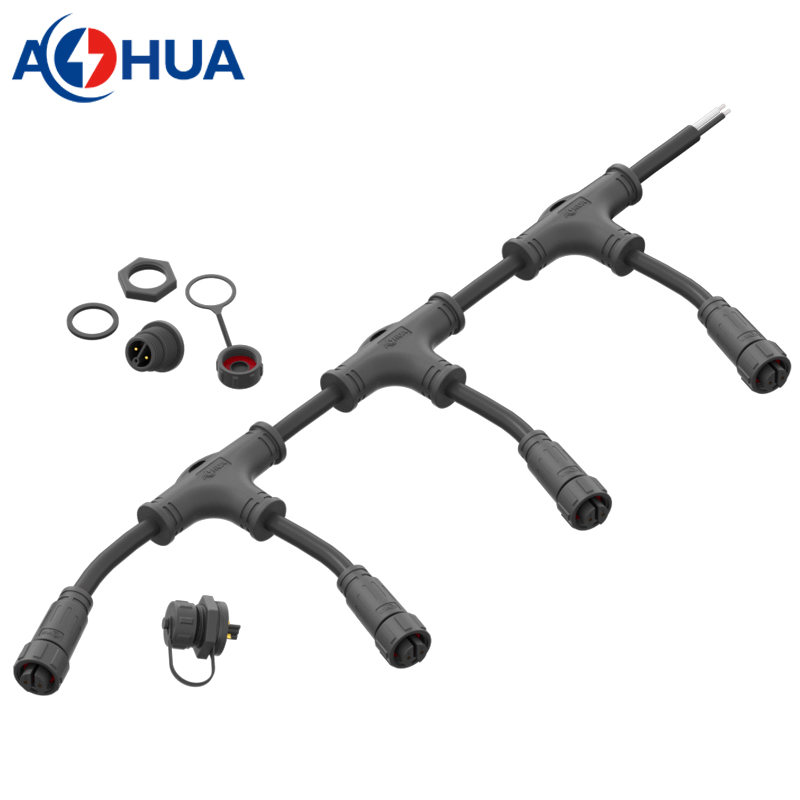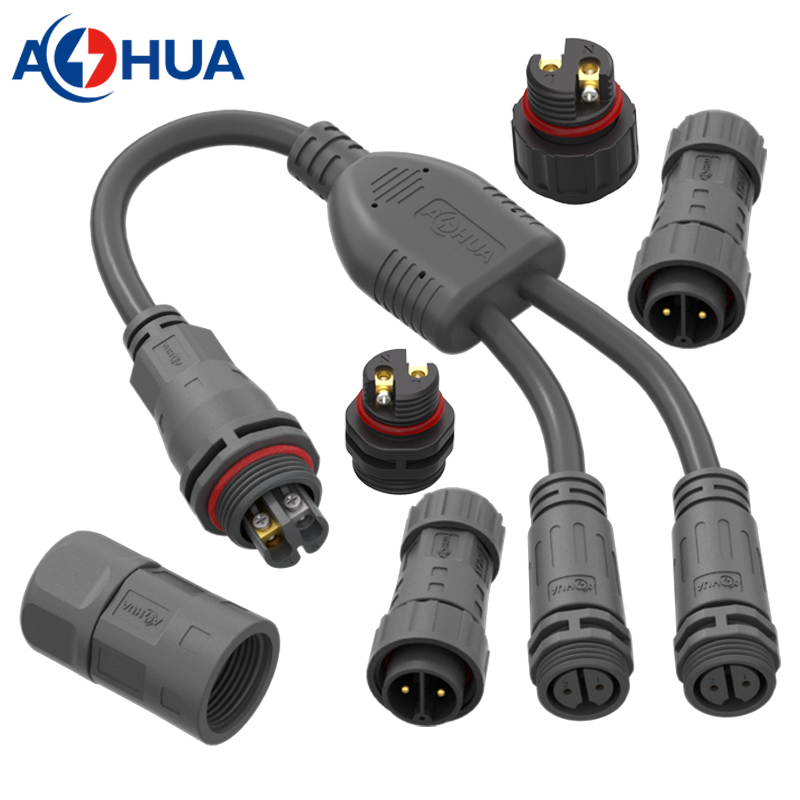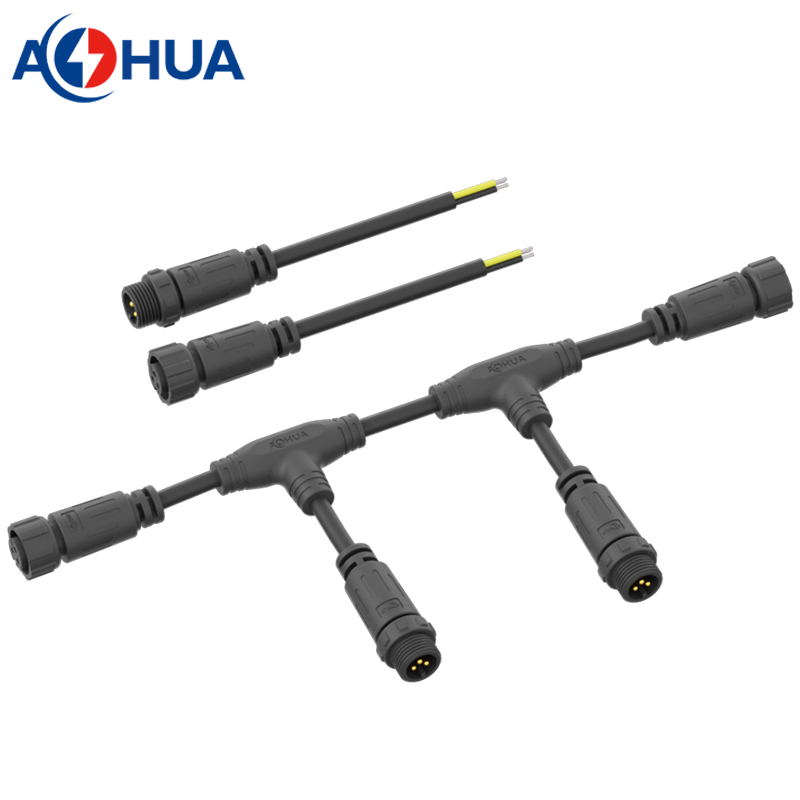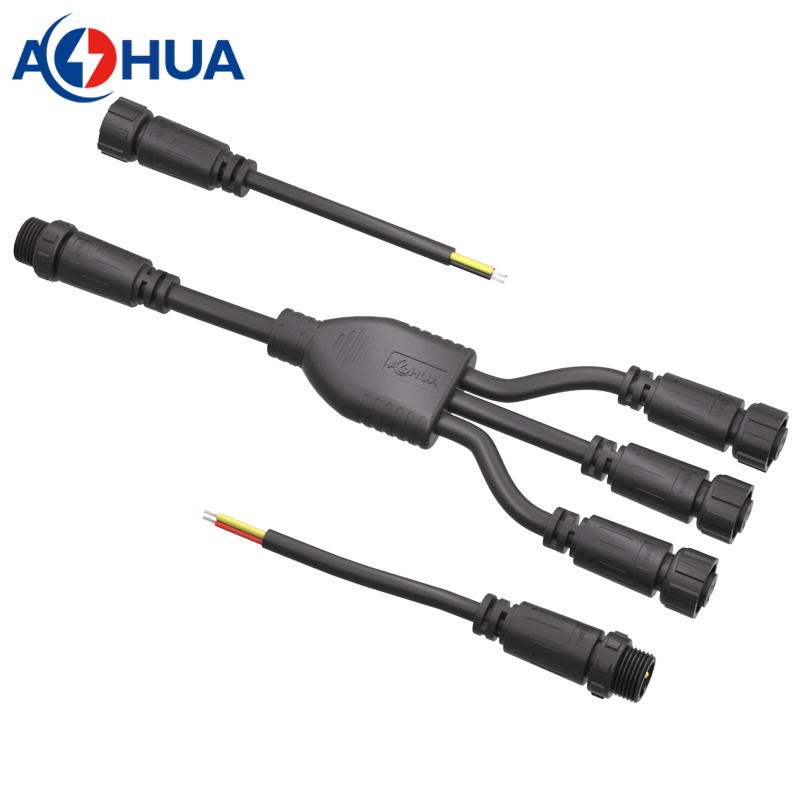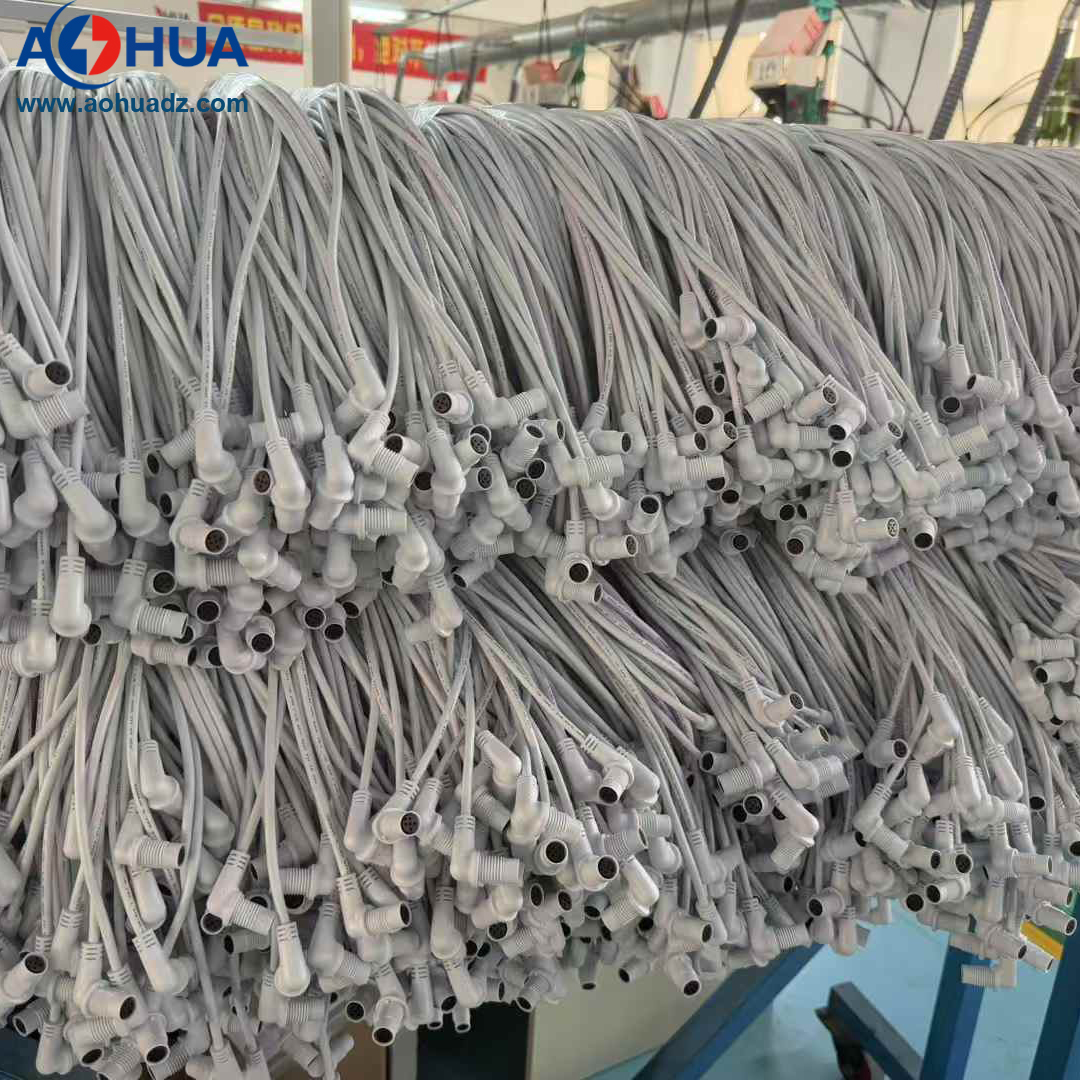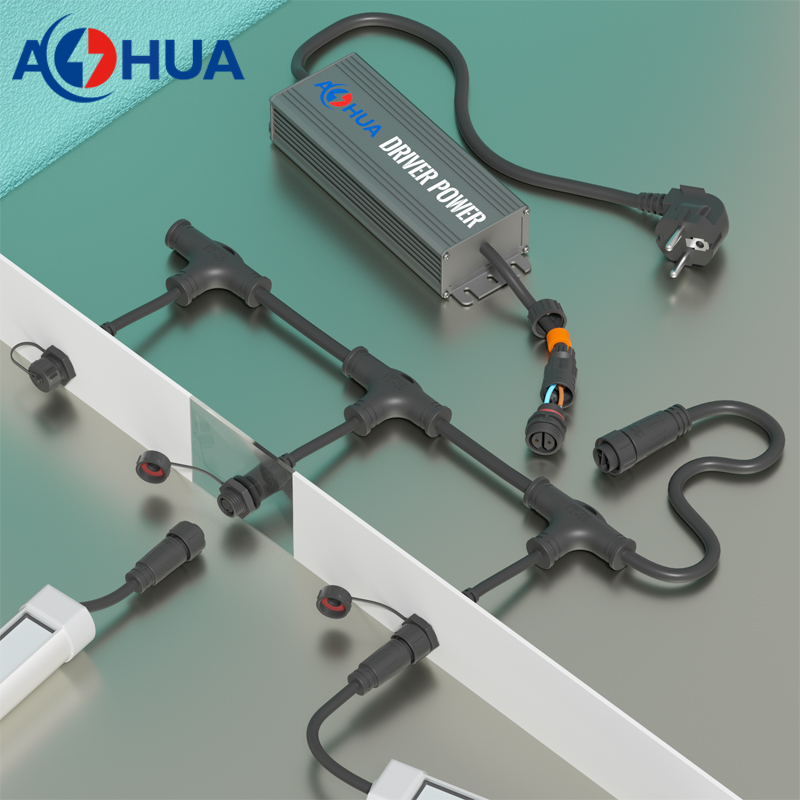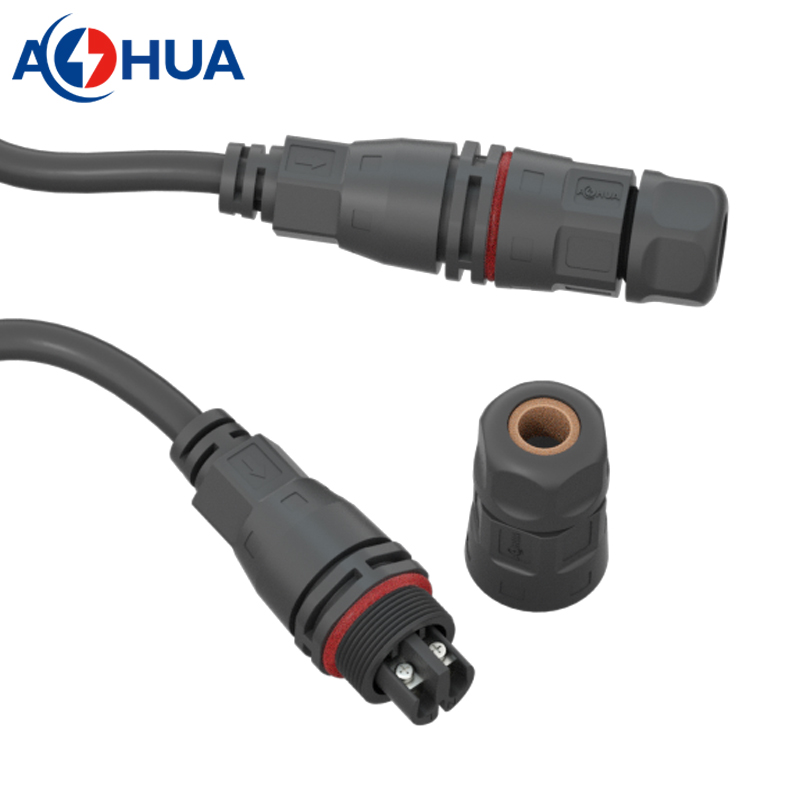The Critical Role of Waterproof Cables and Connectors in Outdoor Power and Signal Transmission
In an increasingly connected world, cables and connectors serve as the backbone of modern infrastructure, enabling the transmission of power and data across industries. However, not all environments are created equal. Outdoor applications—from renewable energy systems to telecommunications—demand components that can withstand harsh conditions while maintaining performance. Waterproof cables and connectors have emerged as indispensable solutions, offering durability, safety, and reliability in challenging settings. This article explores their design, applications, and significance in power and signal transmission.
Waterproofing: A Shield Against the Elements
Waterproof cables and connectors are engineered to prevent moisture ingress, a leading cause of corrosion, short circuits, and signal degradation. Their construction often involves robust materials such as thermoplastic elastomers (TPE), polyurethane (PUR), or silicone, which resist water penetration while remaining flexible. Sealing mechanisms like compression gaskets, O-rings, and molded interfaces further enhance protection. Many products comply with IP (Ingress Protection) ratings, such as IP67 or IP68, indicating resistance to dust and immersion in water up to specified depths and durations.
For connectors, designs may include threaded couplings or bayonet-style locks to create a watertight seal when mated. These features ensure uninterrupted functionality in environments exposed to rain, humidity, or submersion, such as marine installations or underground wiring.
Built for Outdoor Resilience
Outdoor applications subject cables and connectors to UV radiation, temperature extremes, abrasion, and chemical exposure. To address this, manufacturers integrate UV-resistant jackets, often made of cross-linked polyethylene (XLPE) or PVC, to prevent cracking or fading. Cold-resistant variants remain pliable in sub-zero temperatures, while abrasion-resistant layers protect against physical wear from wind, debris, or frequent movement.
Flexibility is another critical factor, especially for installations in rugged terrains. Cables designed for outdoor use often feature reinforced shielding and multi-conductor designs to handle bending and twisting without compromising internal wires.
Power Transmission: Energizing Remote Systems
Waterproof cables are vital for outdoor power distribution, particularly in renewable energy projects like solar farms and wind turbines. These systems require cables capable of handling high voltages while resisting environmental stressors. For instance, solar PV cables use weatherproof insulation to endure prolonged sun exposure and temperature swings, ensuring efficient energy transfer from panels to inverters.
In industrial settings, waterproof connectors simplify the deployment of machinery in wet or dusty environments. Heavy-duty connectors with high current-carrying capacities are used in construction equipment, outdoor lighting, and EV charging stations, where reliability is non-negotiable.
Signal Integrity in Harsh Conditions
Beyond power, waterproof cables and connectors play a pivotal role in maintaining signal accuracy for communication and control systems. Applications include:
- Telecommunications: Fiber optic cables with waterproof gel-filled tubes protect data integrity in underground or aerial installations.
- Security Systems: IP-rated coaxial or Ethernet cables connect outdoor cameras and sensors, resisting moisture-induced signal loss.
- Industrial Automation: Shielded cables with M12 or M8 connectors ensure noise-free data transmission in factories exposed to washdowns or humidity.
- Signal-focused cables often incorporate shielding layers (e.g., braided copper or foil) to block electromagnetic interference (EMI), crucial for maintaining high-speed data accuracy.
Safety and Long-Term Reliability
The combination of waterproofing and outdoor durability directly enhances safety. By preventing electrical leaks or short circuits, these components reduce fire risks and equipment damage. Compliance with international standards (e.g., IEC, UL) further guarantees performance under stress.
Conclusion
Waterproof cables and connectors are more than just accessories—they are enablers of resilient infrastructure. Their ability to thrive outdoors while transmitting power and signals reliably makes them essential for industries ranging from energy to IoT. As technology advances, the demand for even more robust, eco-friendly, and high-performance solutions will grow, reinforcing their role in building a connected, weatherproof future.
Whether powering a remote wind turbine or ensuring a surveillance camera operates flawlessly in a storm, these components prove that innovation thrives where durability meets precision.



